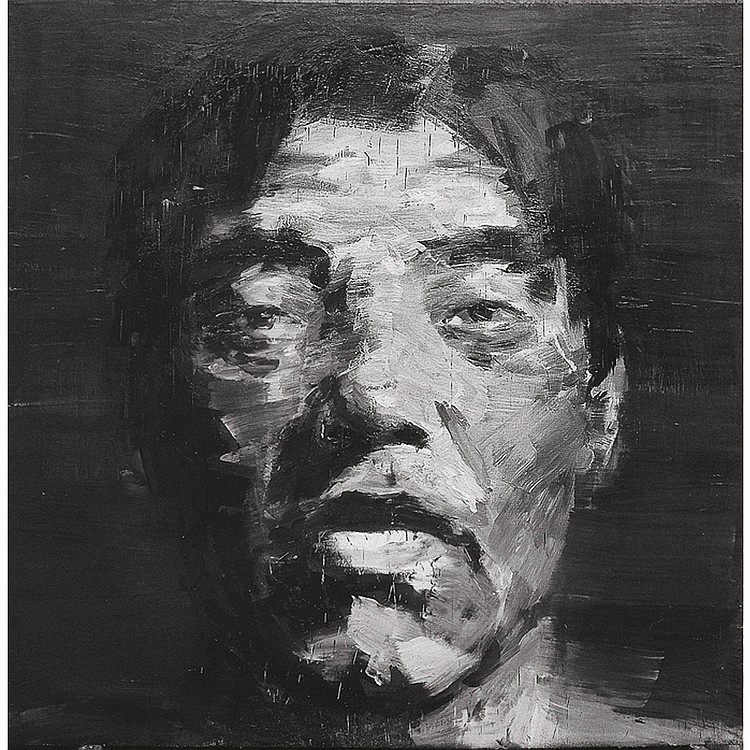Stan
Brakhage was an avant-garde filmmaker who worked in film from 1952 up
until his death in 2003. Brakhage was born in 1933 in Kansas City,
Missouri and worked as a live radio and recording soprano throughout
his childhood. He entered Dartmouth College but dropped out as a
freshman to pursue his interest in film. Two years later he enrolled
at the San Francisco Art Institute where he met many beat generation
poets such as Robert, Duncan, Robert Creely, Kenneth Rexroth and
Louis Zukofsky who would influence Brakhage's ideology. In 1954,
Brakhage relocated to New York City where became acquainted with John
Cage, Edgard Varese, Maya Deren, Jonas Mekas, and others. In
1955, Brakhage was commissioned by artist Joseph Cornell to make the
film Wonder Ring. After
watching this film, it is noticeably the predecessor of his style
present in later films. The camera was an extension of Brakhage's
eye. He recorded phrases of his experience to present a feeling as it
develops in time. In 1964, his 16mm camera was stolen and
resulted in a five year period focused on 8mm works.
The Wonder Ring, Stan Brakhage, 6 minutes, 1955
Many
of Brackage's films focus on the loss of innocent and imaginative
vision in humans as they age in a society. Other themes in his film
are sexuality and mortality. Brakhage was a man on a progressive
journey to abandon the material connection the brain makes with the
eye. In his book Metaphors
on Vision,
Brakhage writes “Imagine
an eye unruled by man-made laws of perspective, an eye unprejudiced
by compositional logic, an eye which does not respond to the name of
everything but which must know each object encountered in life
through an adventure of perception.” Brakhage
was an innovator of process. In his films such as Dante Quartet,
Water
for Maya,
and Love
Song,
Brakhage would paint on a reel of film and sometimes use multiple
exposures to give the span of the film's length continuity when
projected.
Dante Quartet, Stan Brakhage, 6 Min, 1987
Brakhage
is considered to be an artist who created art for art's sake. His
ideas, process, and themes are of great inspiration to me. Brakhage
is a unique artist because of his unrefined eye. He used color,
light, and an emulation of the eye's motion and saccades through a
camera lens to give a raw aesthetic. I anticipate exploring the
medium of film, but regardless of my medium his mode of storytelling
and ideas on vision will influence my process and product. For my
senior seminar exhibit I am leaning away from the idea of formal
painting and more towards mixed media and projection art to create my
body of work.
Desistfilm, Stan Brakhage, 6 minutes, 1954














